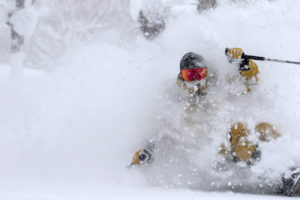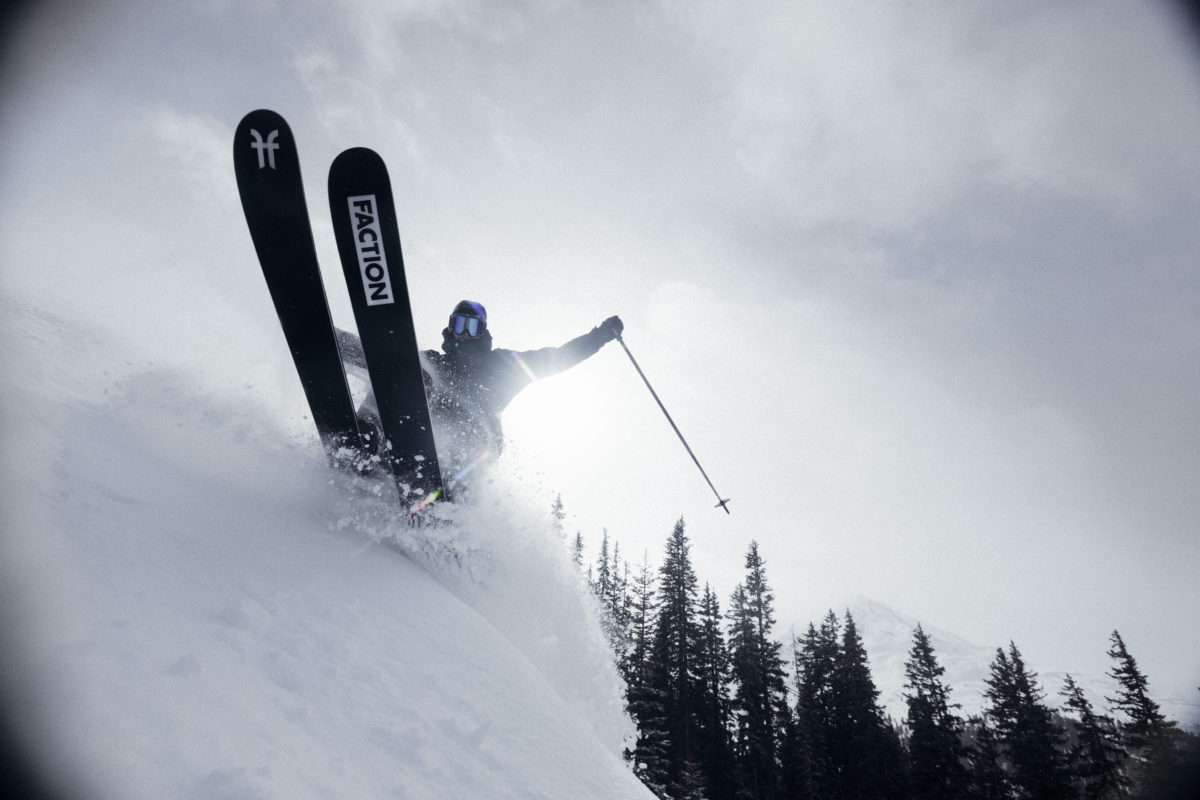If you want to ski powder comfortably, "Fat ski"
Roll up the powder and slide on the shining field of fresh snow. Yeahhhhhh! Nothing can replace the joy of skating on soft, fluffy powder! If there is a ski that I can ski more comfortably than ever before, I definitely want to ride it. Don't you think so?
"Fat skis" are skis suitable for powder that raise the level of powder riding. If you wear this, you will surely get a feeling that you have never felt before. "Feeling like you're melting into the powder and becoming one," "The feeling of penetrating into the deep sea of powder," "The feeling of dancing with the powder and the melody,"... A fat ski that makes powder slide with such an exciting feeling. I would love to know what it is and get it.
Fat ski is like this
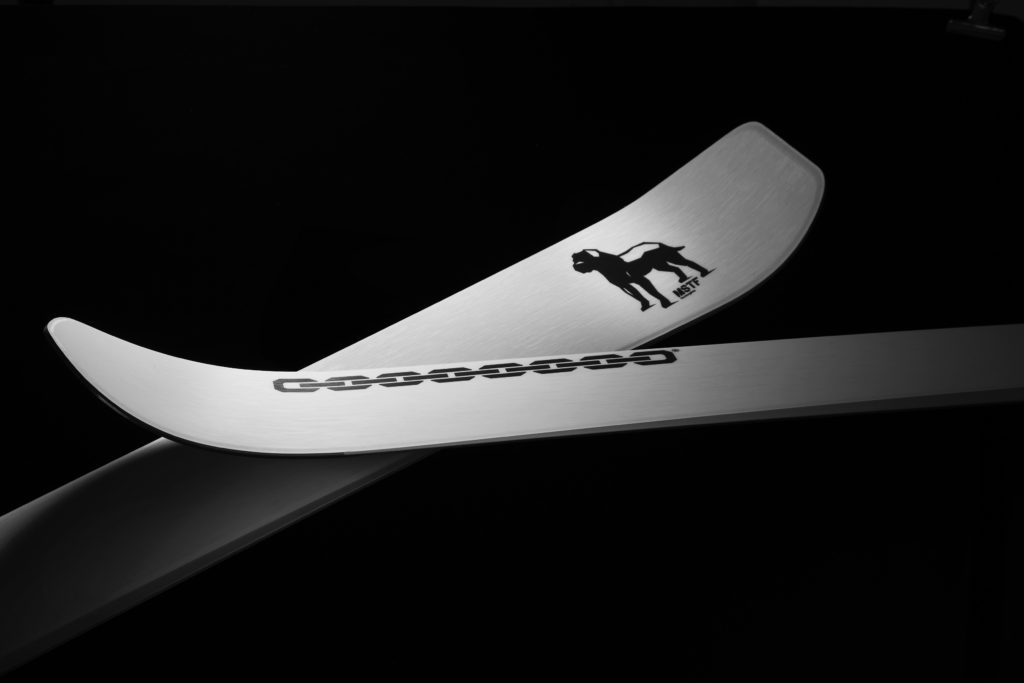
Fat skis are designed with a wider waist than standard skis, making them easier to glide on uncompacted slopes.
A standard all-mountain ski waist width is around 80mm. It is said that when the waist width exceeds 100mm, the buoyancy in the powder is felt more strongly, and the effect is sufficiently felt. Here are two models with very different waist widths.
Skis with narrower waists are quicker to switch between edges and more maneuverable. In addition, it is suitable for enjoying sharp riding, mainly carving on the slopes. If the top is wide and the waist is thin, it is susceptible to snow resistance and sinks in powder, so smooth handling requires skill.


The wider the center part of the foot, the higher the buoyancy, the more stable the turn will be without being buried even in deep snow, making it easy to handle in powder.
As the width is wide, you can enjoy sliding and other surface play on leveling by making use of the sliding surface. Also, skis with a thick waist inevitably tend to have a large turn arc (radius = R), so large shallow turns match the style of powder riding.
So, what points should you focus on when choosing a fat ski to ski powder comfortably?
There are three points.
Point 1. Thickness that affects buoyancy and stability
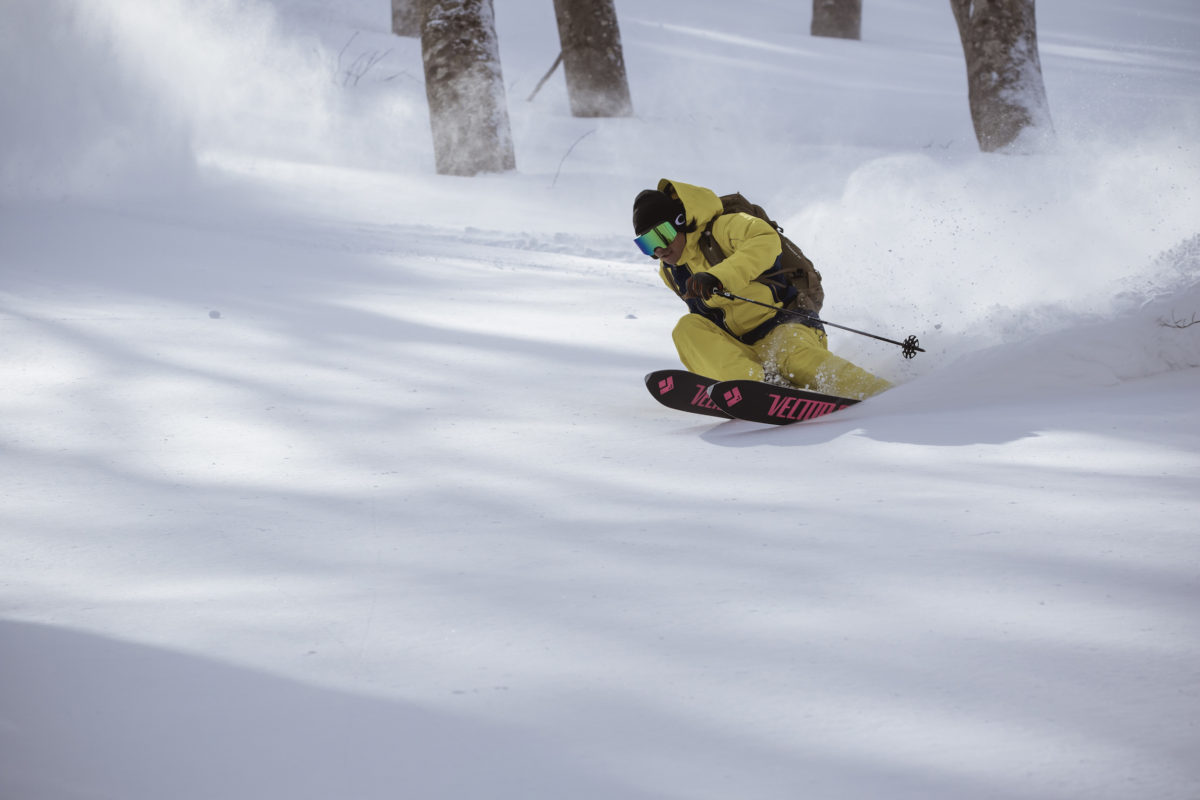
Iconic fat ski with a waist width of 100-110mm
The thickness of the waist width of 100-110mm is the symbolic thickness of fat skis. With the popularity of powder freeriding, the lineup has expanded year by year, and it is now the most popular line with the most volume.

Watch the video to see what kind of skiing you can do.
VECTOR GLIDE POLARVE with a waist of 107 mm and a recent standard width of 105 to 110 mm
Middle fat with a waist width of 90 mm
Those with a waist width of 100mm or less, for example in the 90mm range, maintain a feeling of operation similar to skiing, and are also called middle fat. It is easy to switch from ordinary skis because it feels less uncomfortable, but the feeling of floating in powder is less than 100mm or more fat.

Super fat with waist width over 120mm
In the past, a lot of fat skis over 120mm were released from each brand, but the trend has calmed down in the past few years.
Some brands have even removed fat skis over 120mm from their lineup. However, due to its peculiarity, it demonstrates tremendous performance in fresh snow that is buried up to the waist. For that reason, there are many skiers who have positioned it as one of the special days. It can be said that the deeper the powder is, the more powerful the floating power is.
Check out the super fat riding video.
Point 2. The shape of the bottom also has a great influence
When choosing a fat ski, the shape of the bottom (the bottom part of the ski) is just as important as the thickness.
The shape of the bottom of the ski gives the ski a sense of stability and also supports the feeling of floating. What shape would it have? The ski's bottom profile is shaped by camber and rocker. Broadly speaking, most skis can be divided into four types. But before that, let's take a look at rocker and camber.
rocker and camber
What is camber?
When a conventional ski is placed on a flat surface, the center part rises in a bow shape, and this raised part is the camber. The presence of camber allows even pressure to be applied to the entire ski from tip to tail, which increases edge contact with the snow surface and improves controllability.
If the camber is strong, the reaction will be agile, and it will also lead to propulsion in the second half of the turn. It is also strong against high speed. On the other hand, if it is weak, it will be a board that feels easy to handle. Rocker is the opposite of camber, and warps the top and tail parts that come into contact with the snow surface. The rocker part receives less resistance from the snow surface and increases buoyancy in powder.
Even in deep snow, the top and tail do not get caught, making the ski easy to handle. Especially the place where it is easy to enter the turn will be a big advantage.
The combination of camber and rocker changes the ride quality
The combination of camber and rocker makes a big difference in how a ski rides. The point is that the length of the contact edge changes depending on whether there is camber or not, and where and how much rocker is used.
If you look at the four illustrations below, you can see that the length and position of the contact edge varies depending on the combination of camber and rocker.
If the contact edge is long, it is naturally easier to control, so it is easier to slide on level ground and stronger at speed. The opposite is true if the contact edge is short. The skis feel short, and because they are easy to move, you have a high degree of freedom, and you can enjoy skiing with play. However, edge grip is weaker than camber on hard slopes.
Also, keep in mind that there are two key factors to consider when choosing skis: flex, which is the strength of the board bending, and torsion, which is the strength of twisting.
◆ Camber only
This is the conventional traditional type of ski that is considered the so-called standard.
The contact edge is long and grips the snow well. The camber underfoot applies pressure to the entire ski in a well-balanced manner, making it easy to flex and switch turns. <Guideline for ease of handling>
Ground leveling: ◎ Highly operable and stable
powder: 〇 Familiarity and certain skills are required

◆Nose and tail with rocker and camber
Rocker on the top and tail creates buoyancy and maneuverability in powder. You can control even hard burns with the action of camber under your feet. It works better in powder, but it's also fun to level.
<Guideline for ease of handling>
Leveling: △ Can be operated
Powder: ◎ Easy to slide and turn freely

◆Nose with rocker and camber
The nose rocker brings out buoyancy and turnability in deep snow, and the contact edge with camber and tail provides stability at high speeds and on steep slopes. Excellent operability and can handle all-round sliding
<Guideline for ease of handling>
Leveling: 〇 Powder with high operability
: ◎ Floating from the nose due to the nose rocker effect

◆ Rocker adopted for nose and tail, flat bottom
Since there is no camber, there is almost no edge catch due to full contact with the snow surface. Just by tilting the board, it will curve along the R (arc) on the side, so you can make smooth turns. The front and rear rockers prevent sinking even in deep snow, and the operability in powder is excellent. You can also enjoy sliding with freestyle play.
<Guideline for ease of handling>
Leveling: △ Difficult to operate
Powder: ◎ Easy to slide and turn freely

Even so, even if you think about it by yourself, you may not be able to come up with an image. To find out what type of skis have what kind of ride, check out this STEEP SKI category article, the websites of each manufacturer, or consult with a knowledgeable pro shop.
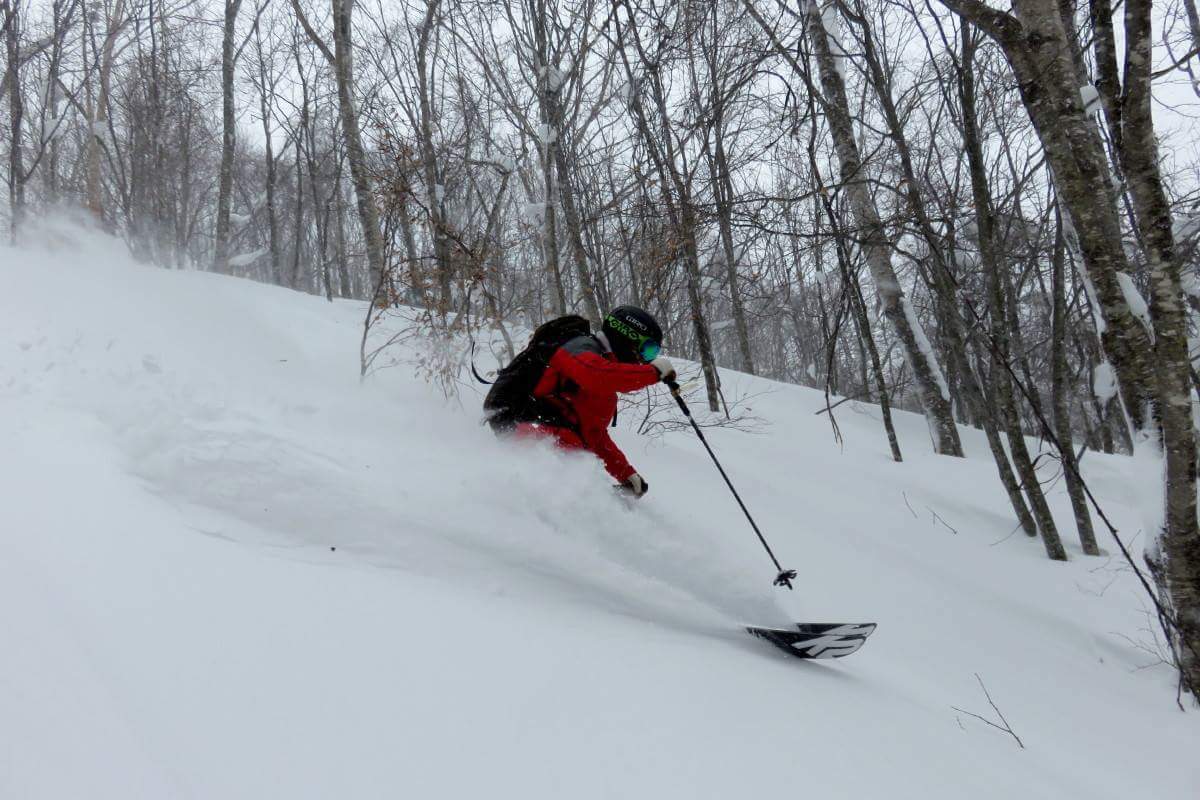
Point 3. Decide "this one" by considering the length
The third point when choosing a fat ski is the length. The longer the length, the more contact there is between the running surface and the snow surface, which increases buoyancy and stability in powder. The skis will float up and slide forward on their own, allowing you to enjoy relaxing and comfortable riding.
When choosing fat skis, some people say that they recommend a length of about 10 cm even when skiing on level ground.
On the other hand, if you choose a shorter one, you can slide with more play as much as the operability increases. Definitely not too long for playing in fresh snow and freestyle in the backcountry. As for the length, some models have multiple specifications, while others are one-size-fits-all to maximize the ride quality of the ski. It is also a good idea to consult with a shop about what kind of fat ski is good for you, based on your own preference for skiing, physique and physical strength.
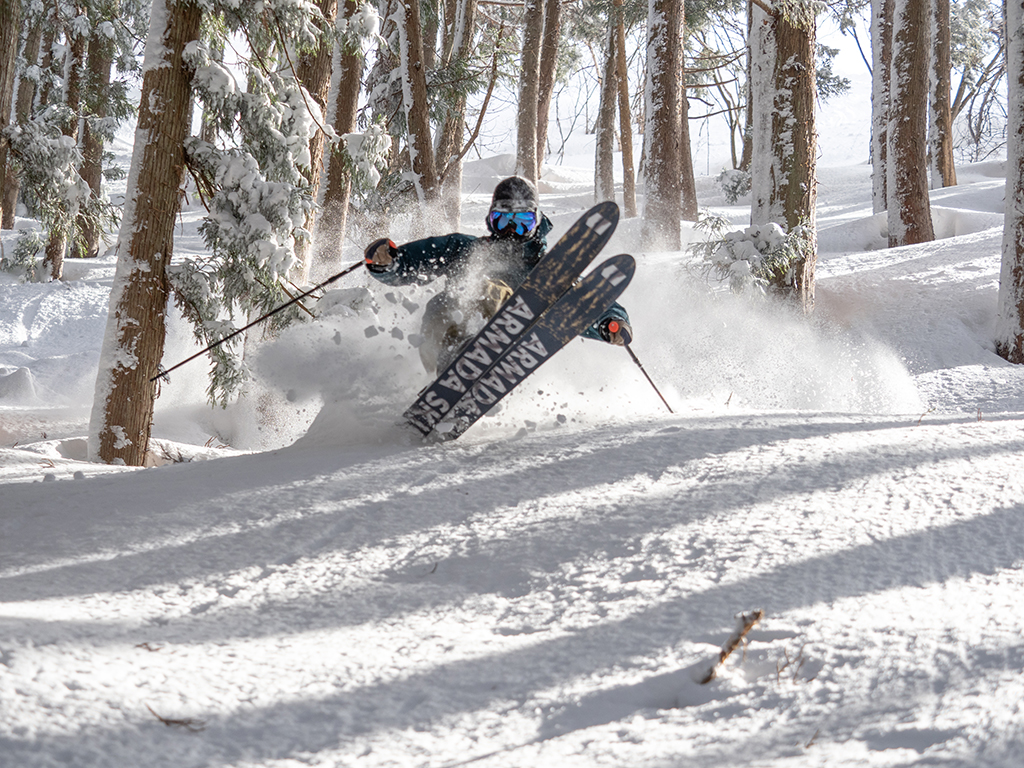
Point 4. I want to consider the inclination and type of skiing
When choosing a fat ski, it is not only about the hard aspects of the gear, such as the length, thickness, shape and structure of the board, but also the soft aspects, such as the rider's preference and type of skiing, and what their goals are. If you think about it, you will see a fat ski that is more suitable for you. For example:
of fat can you
enjoy from powder/non-compressed snow to groom/park ●What kind of fat for basic park skiers to enjoy powder?
●How to choose a fat that can be used in the backcountry?
What kind of fat if you have a special machine for powder powder?
●If you have a fat waist with a width of 100mm, how many mm should you choose if you want to enjoy powder more aggressively?
●What kind of fat is good for skiing on uncompacted snow?
●What kind of fat should I start with as a basic skier for girls, a powder beginner?
●What kind of fat can middle-aged and seniors who used to ski in the past but are losing confidence in their leg strength and physical stamina handle?
What kind of fat skis would match these? Please check out this article.
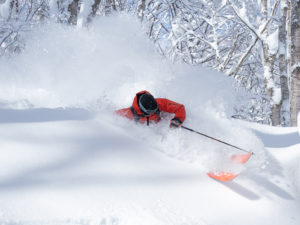
In addition, STEEP introduces many fat skis. Let's take a look at it.
https://steep.jp/category/gear/ski/
◆ Click here for how to slide powder!
